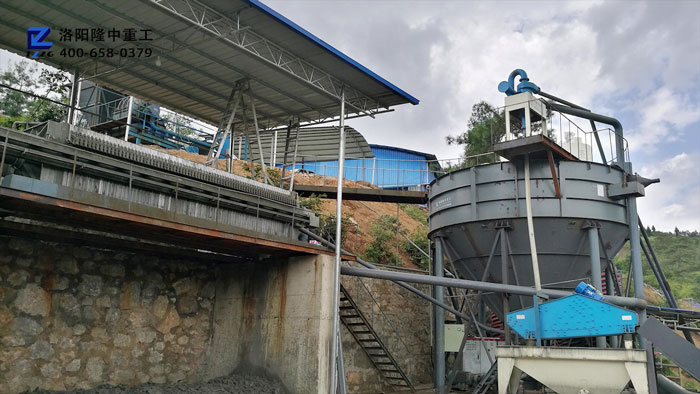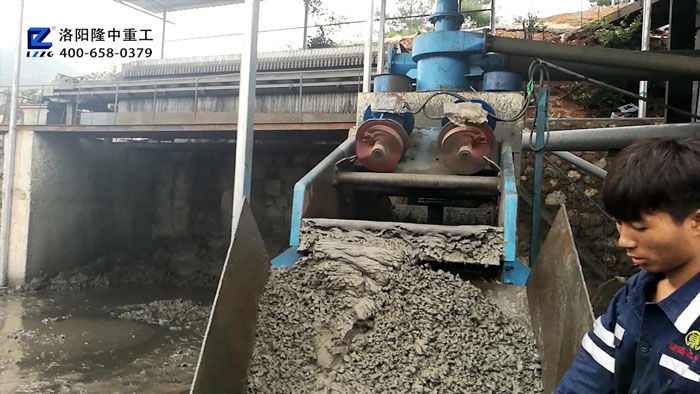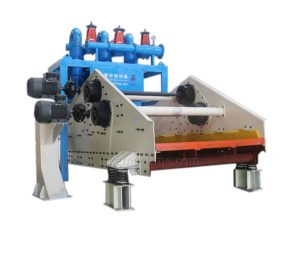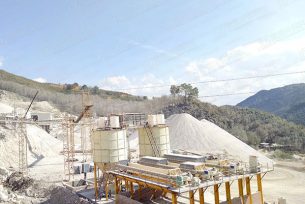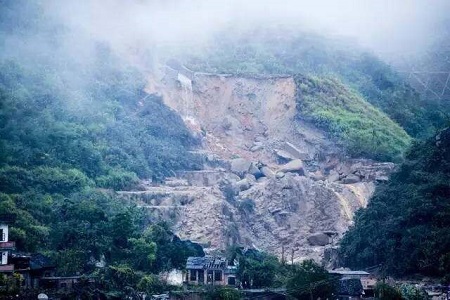Green discharge system for mine tailings and wastewater
 January.08,2020
January.08,2020
Mine wastewater pollution
With the development of the mine, a large amount of wastewater is discharged from the mining area, which mainly comes from the pit drainage during the construction and production of the mine, the tailings water formed by adding organic and inorganic agents during the washing process, the open-pit mine, the dumping pile, the tailings And the waste water of the vermiculite heap is leached by rainwater, which penetrates and dissolves the soluble components in the minerals, and other industrial and medical and domestic wastewater in the mining area. Most of this contaminated wastewater are untreated. After discharge, they directly or indirectly pollute surface water, groundwater, and surrounding farmland and land, and further pollute crops. The harmful element components also pollute the air through volatilization.
The total annual discharge of China’s beneficiation wastewater is about 3.6 billion tons. Few of these wastewaters meet the “industrial wastewater discharge standards”. Many of them contain many harmful metal ions and substances, and the concentration of solid suspended solids far exceeds the standard. Coal and iron mines in karst areas of northern China discharge 1.2 billion tons of pit water each year, and most of them are polluted to varying degrees, of which about 30% are treated and used, and the rest are naturally discharged. A polymetallic deposit in Jiangxi Province drained acidic pit water, causing river water pollution, extinction of fish and shrimp, and loss of waterweeds. The river water of 25 kilometers long was not drinkable. At the same time, the physical properties of the soil deteriorated, causing farmland pollution and damage to crop growth.
The LZZG mine wastewater treatment system consists of ore washing machines, sludge thickeners, filter presses and other equipment, which can realize the green discharge of mine wastewater.
Tailings pollution
The mine discharges three large piles of slag and tailings. In addition to occupying a large amount of land, seriously polluting water and soil resources and the atmosphere, landslides, landslides, and mudslides often occur. Especially in some mining sites, mining is carried out on both sides of river beds, highways, and railways. Mining and digging in random places and piles are often piled up. Vermiculite and even ore are often piled on riverbeds, estuaries, roadsides of public (iron) roads, etc. In case of heavy rain, soil and water loss will occur, resulting in landslides, mudslides, etc. Entering rivers and lakes caused siltation of reservoirs and ponds, poor drainage of floods, and even the destruction of highways and railways, and traffic was interrupted. The underground mining in Shaanxi Jinhuashan Coal Mine caused the ground to deform and produce a collapsing landslide, which destroyed the facilities of the village and the mining industrial square.
Tailings and vermiculite piles often spontaneously ignite, emitting harmful gases and polluting the atmosphere. In addition, tailings and vermiculite piles contain many harmful dry residues. On windy days, they are blown to cities and residential areas with the wind, affecting people’s lives and physical health.
LZZG tailings dry drainage system consists of tailings dewatering screen, sludge thickener, plate and frame filter press. This system solves the problem of solid waste and sand washing tail water purification and reuse during the process of washing and dressing. The whole system Good processability, high sieving recovery rate of materials, all tail water is reused, which maximizes resource utilization.
Tailings processing system features
(1) Sediment separation-recovery and dehydration of solid particles in materials.
(2) Separation of mud and water-purification of tailwater from previous operations.
(3) Solid waste dry discharge-dry discharge and dry pile treatment of solid waste in tailwater.


